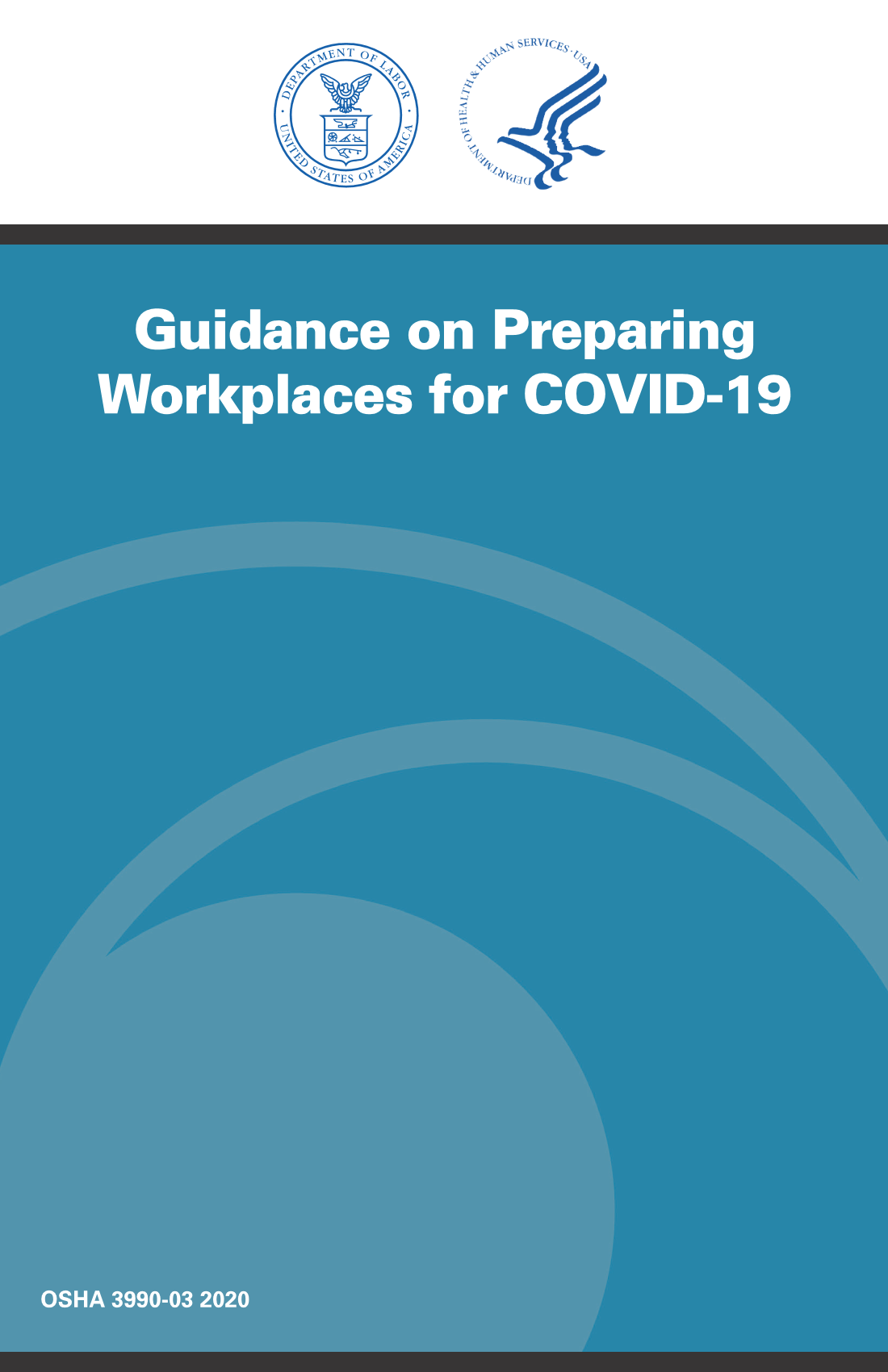As the COVID-19 pandemic continues, its effects on benefits planning for next year are being felt—especially as open enrollment season approaches. In addition to considering plan design changes, employers are having to evaluate and adjust their benefits packages for 2021. To help you navigate this new normal, we are going to share some of the most common changes being made for the 2021 enrollment season.
Potential Cost Increases and Plan Designs
Employers and benefits experts are bracing for cost increases headed into 2021. Despite many health care providers waiving fees associated with COVID-19 testing right now, those costs will likely trickle down in the long run. While fully insured employers may not experience cost increases until the new plan year, self-insured employers may have already felt cost increases due to COVID-19.
In addition, many patients are postponing elective surgeries and procedures this year due to COVID-19, but may opt to receive care in 2021, which would result in increased claims and costs

.As a result, organizations may need to evaluate plan design changes heading into the 2021 enrollment season. No plan design is guaranteed to shelter employers during the coronavirus pandemic—it comes down to unique circumstances.
For instance, some self-funded employers may be covering significantly more costs now than what they’re used to. These organizations may consider going fully insured to make more predictable payments. On the other hand, some fully insured groups may feel restricted by their locked-in premiums or may predict much higher costs in 2021, so self-funding could appeal to them.
There is no one-size-fits-all plan design when it comes to mitigating COVID-19-related costs. Employers will need to evaluate their unique circumstances and consider whether they need to shift some of their cost-sharing burden with a new plan design.
Telehealth Benefits
Telehealth is the practice of communicating electronically with a physician, typically via telephone or video chat. The medium has risen in popularity over the past few years, but the coronavirus pandemic has proven just how viable it can be. Many insurers are already covering telehealth under their plans, and it’s a safe bet that others will do the same. As the pandemic has progressed, many providers and hospitals are encouraging patients to utilize telehealth services instead of coming to the office or hospital for non-life-threatening care.
Heading into 2021, expanded access to and coverage for telehealth services will be a priority for employees. Employers should evaluate their current offerings and consider adding or expanding this benefit.

Mental Health Benefits
As employees return to work, many are experiencing financial hardship, balancing new caregiving responsibilities, managing concerns over their physical well-being, and maintaining their mental well-being and health. During these uncertain times, employees are understandably experiencing significant stress, which can lead to lower productivity and morale, and increase their risk for health conditions, absenteeism and higher health care costs.
To help employees navigate these times and ease their return to work, employers should consider offering or revamping an existing employee assistance program (EAP) and expanding mental health resources for the next benefits plan year. In addition, some other mental health resources to offer may include covering telemental health services and providing access to mental health professionals or apps.
Flexible Workplace Benefits
Even before the COVID-19 pandemic, employers were feeling the pressure to provide flexible workplace benefits. Employees are looking for flexible work hours, paid time off and the ability to telecommute.
Since the onset of the coronavirus, the desire for these workplace benefits has only increased—in some cases, out of necessity. Some employees may be caregivers for children or elderly who are staying home all day, while others may have a condition that puts them at a higher risk of severe COVID-19 illness. Also, some employees simply may not be comfortable returning to the office full time.
As such, employees are likely looking for expanded flexible work benefits, including work-from-home arrangements and flexible work hours. These two benefits are examples of how other employers are addressing workplace flexibility in their benefits packages for 2021. Employees highly value flexibility, which means employers should evaluate how they can meet this demand.
Virtual Open Enrollment
Open enrollment is traditionally done in the office during a specific time frame. Many organizations hold town hall meetings with near-daily communications. However, with the uncertainty surrounding the COVID-19 pandemic, employers should prepare to hold open enrollment virtually in some capacity. Instead of meetings, employees can receive video messages and instructions. For personal touches, HR may even send out individual reminder texts or emails about the enrollment period.









